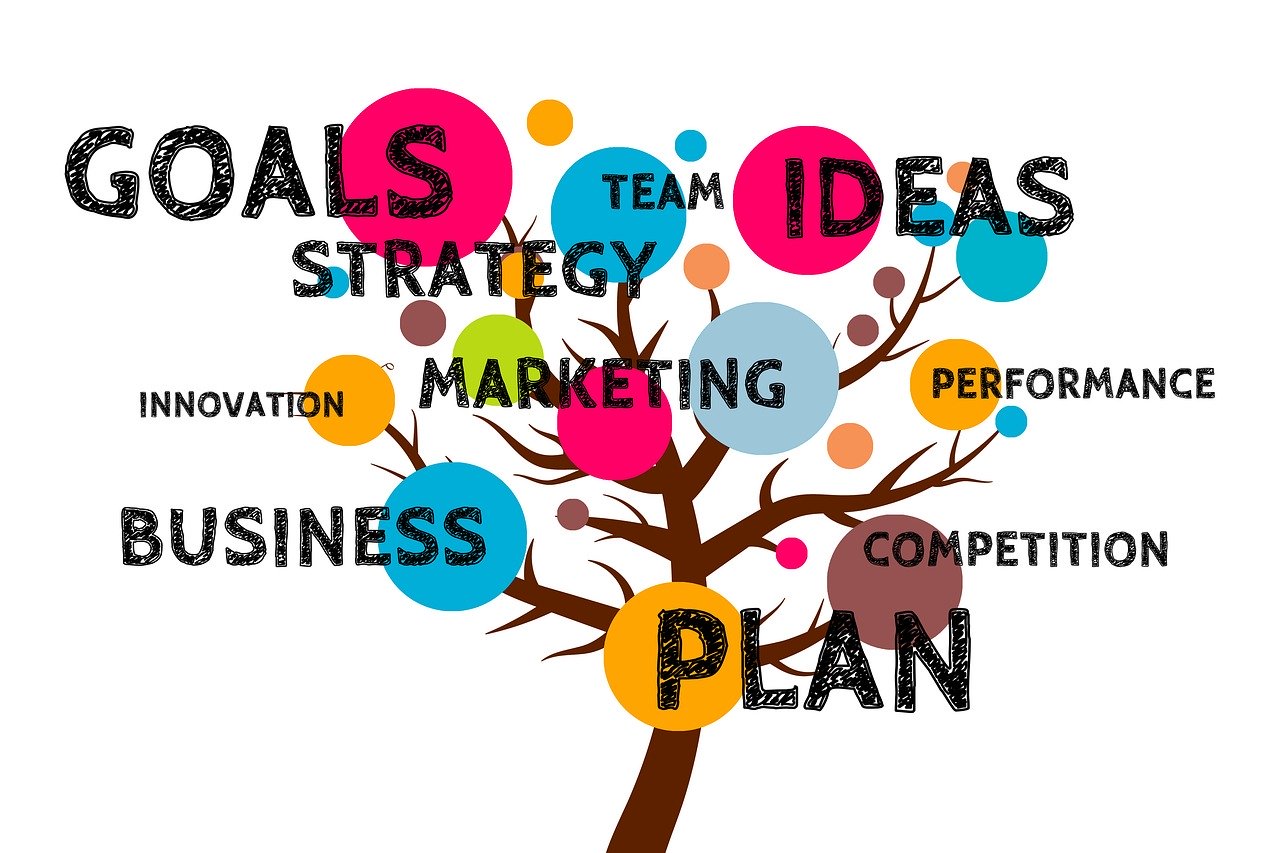Group Discussion Activity: Analyzing the Appeal of Innovative E-commerce Business Models
Objective
This group discussion activity aims to explore various innovative e-commerce business models, such as Subscription Services, Marketplace Platforms, Direct-to-Consumer (D2C), Social Commerce, On-Demand Services, and Sustainable and Ethical E-commerce.
Participants will analyze the appeal of these models from both consumer and retailer perspectives, focusing on factors like convenience, pricing, personalization, and brand loyalty.
Instructions for Facilitators
- Divide Participants: Break participants into small groups, assigning each group one of the innovative e-commerce business models to discuss.
- Provide Context: Give each group a brief overview of their assigned business model, including key characteristics and examples of companies that have successfully implemented the model.
- Discussion Points: Encourage groups to consider and discuss the following aspects of their assigned business model:
- Consumer Appeal:
- Convenience: How does the business model offer convenience to consumers? Consider aspects like shopping experience, product access, and service delivery.
- Pricing: Evaluate the pricing strategy associated with the business model. Discuss whether it offers affordability, transparency, or premium value.
- Personalization: Analyze the level of personalization the business model allows. How does it cater to individual consumer preferences or needs?
- Brand Loyalty: Discuss how the business model fosters brand loyalty. Consider factors like customer engagement, quality, and values alignment.
- Retailer Perspective:
- Market Access: How does the business model help retailers or brands access new markets or customer segments?
- Cost Efficiency: Evaluate the cost efficiency of the business model for retailers. Consider initial investment, operational costs, and potential returns.
- Brand Differentiation: Discuss how the business model enables brand differentiation in a crowded market.
- Customer Data and Insights: Consider the potential for collecting customer data and insights through this business model and how it can inform business decisions.
- Consumer Appeal:
Group Presentation
- Summarize Findings: After the discussion, each group will prepare a short presentation summarizing their analysis of the assigned business model’s appeal to both consumers and retailers.
- Presentation to the Larger Group: Groups will present their findings, highlighting the key advantages and potential challenges of their assigned business model.
Reflection and Debrief
- Comparative Analysis: After all presentations, facilitate a comparative analysis of the different business models. Discuss common themes, unique advantages, and strategic considerations for businesses choosing among these models.
- Future Trends: Encourage participants to speculate on future trends in e-commerce based on the discussed business models. Which models are likely to see growth, and why? How might emerging technologies influence these models?
This activity encourages deep thinking about the strategic implications of choosing an e-commerce business model.
By considering both consumer and retailer perspectives, participants gain a holistic understanding of what drives success in the digital marketplace.
This exercise not only enhances participants’ analytical skills but also broadens their perspective on the possibilities within e-commerce.
Case Study Analysis Activity: Exploring Innovation in E-commerce Business Models
Objective
This activity aims to deepen participants’ understanding of how innovative e-commerce business models are applied in real-world scenarios.
Groups will analyze selected case studies of companies that have successfully implemented one of the innovative business models—Subscription Services, Marketplace Platforms, Direct-to-Consumer (D2C), Social Commerce, On-Demand Services, or Sustainable and Ethical E-commerce.
The analysis will focus on the innovation introduced, its impact on the market, and the challenges faced during implementation.
Instructions for Facilitators
- Select Case Studies: Provide a list of case studies corresponding to each business model. Ensure that each case study highlights a unique aspect of the business model’s implementation, market impact, and challenges.
- Assign Case Studies: Each group selects or is assigned a case study. Ensure a diverse range of business models is covered across all groups.
- Research and Analysis Phase: Allow groups time to research their case studies further, if necessary, and analyze them based on the criteria provided.
Analysis Criteria
- Innovation Introduced:
- Describe the core innovation that the company introduced through its business model. How does it differentiate from traditional approaches in its sector?
- Market Impact:
- Assess the impact of the innovation on the market and the company’s position within it. Consider growth metrics, market share, consumer reception, and any shifts in industry standards or practices.
- Challenges Faced:
- Identify key challenges the company encountered while implementing its business model. Consider operational, logistical, market competition, or consumer behavior challenges.
- Strategies for Overcoming Challenges:
- Discuss strategies or solutions the company deployed to overcome the identified challenges. Evaluate the effectiveness of these strategies.
Group Presentation
- Presentation Preparation: Each group prepares a presentation based on their analysis, highlighting the innovation, market impact, challenges, and overcoming strategies.
- Present to Peers: Groups present their findings to the rest of the participants, providing insights into how innovative business models can drive success and the hurdles that may arise.
Debrief and Discussion
- Key Takeaways: After all presentations, facilitate a discussion on the key takeaways from the case studies. Encourage participants to consider lessons learned and how these might apply to their own business contexts or future endeavors in e-commerce.
- Innovation and Adaptation: Highlight the importance of innovation in staying competitive and adapting to consumer needs and market changes.
- Addressing Challenges: Emphasize the common challenges companies face when introducing new business models and strategies for overcoming them.
This case study analysis activity offers participants a comprehensive understanding of the practical application of innovative e-commerce business models.
By examining real-world examples, participants learn not only about the potential for innovation to transform the market but also about the complexities and challenges that come with implementing new business strategies.
This exercise fosters critical thinking and strategic planning skills, essential for navigating the ever-evolving e-commerce landscape.
Business Model Canvas Workshop: Designing an E-commerce Startup
Objective
This workshop guides participants through the process of creating a business model canvas for a hypothetical e-commerce company.
Teams will select one of the innovative business models discussed—Subscription Services, Marketplace Platforms, Direct-to-Consumer (D2C), Social Commerce, On-Demand Services, or Sustainable and Ethical E-commerce—and use the canvas to outline a comprehensive plan for their startup idea.
Instructions for Facilitators
- Form Teams: Divide participants into small teams. Encourage diversity in skills and perspectives within each team.
- Select Business Models: Each team chooses an innovative e-commerce business model to focus on for their startup idea.
- Introduction to the Business Model Canvas: Provide a brief overview of the Business Model Canvas and its components. Make sure each team has access to a canvas template, either digitally or as a physical printout.
Components of the Business Model Canvas
- Value Proposition: What unique value does the startup offer to its customers? How does it solve customers’ problems or fulfill their needs?
- Customer Segments: Who are the startup’s target customers? Define the market segments being addressed.
- Channels: Through what channels will the startup reach its customers and deliver its value proposition? Consider both marketing and distribution channels.
- Customer Relationships: How will the startup establish and maintain relationships with its customers? Consider customer service, personalization, and engagement strategies.
- Revenue Streams: How will the startup generate revenue? Outline the pricing strategy and revenue model.
- Key Resources: What key resources does the startup require to deliver its value proposition? Consider physical, intellectual, human, and financial resources.
- Key Activities: What key activities are essential for the startup to deliver its value proposition?
- Key Partnerships: Who are the startup’s key partners and suppliers? What resources and activities do these partners provide?
- Cost Structure: What are the startup’s major cost drivers? How are costs linked to revenue streams?
Workshop Activities
- Brainstorming Session: Teams brainstorm ideas for each component of the Business Model Canvas, focusing on creativity and innovation.
- Canvas Development: Teams fill out the Business Model Canvas for their hypothetical e-commerce company, detailing each of the nine components.
- Presentation Preparation: Teams prepare a short presentation of their business model canvas, highlighting their innovative approach and how it addresses market needs.
Group Presentations
- Present to Peers: Each team presents their business model canvas, explaining their e-commerce startup idea and the rationale behind their choices.
- Feedback Session: After each presentation, allow for feedback from other participants and facilitators. Encourage constructive criticism and suggestions for improvement.
Debrief and Reflection
- Key Learnings: Discuss the key learnings from the workshop. What innovative ideas stood out? How do the different components of the business model canvas contribute to a cohesive business strategy?
- Applying the Canvas: Encourage participants to reflect on how the Business Model Canvas can be applied to real-world projects or existing businesses to identify areas for innovation or improvement.
This workshop not only familiarizes participants with the Business Model Canvas as a strategic tool but also encourages creative thinking and strategic planning in the context of innovative e-commerce business models.
By working through the development of a hypothetical startup, participants gain practical insights into the complexities of launching an e-commerce business and the importance of a well-structured business model.
Debate Activity: Sustainability of Innovative E-commerce Business Models
Objective
This debate activity is designed to critically examine the long-term sustainability of innovative e-commerce business models, such as Subscription Services, Marketplace Platforms, Direct-to-Consumer (D2C), Social Commerce, On-Demand Services, and Sustainable and Ethical E-commerce.
Participants will explore how evolving technology and shifting consumer expectations might impact the viability and growth potential of these models.
Instructions for Facilitators
- Form Debate Teams: Divide participants into teams, assigning each a specific business model to defend or challenge in terms of sustainability.
- Debate Structure: Announce the debate motion, for example: “Innovative e-commerce business models will continue to thrive in the face of rapidly evolving technology and consumer expectations.”
- Preparation Time: Give teams time to research and prepare their arguments, ensuring they consider technological advancements, consumer behavior trends, market competition, and economic factors.
- Debate Rounds: Structure the debate into opening statements, rebuttal rounds, and closing arguments. Each team will have the opportunity to present their case and respond to challenges from opponents.
Key Points for Discussion
- Adaptability to Technological Change: How equipped are these business models to integrate new technologies and digital innovations? Can they keep pace with the rapid evolution of tech?
- Meeting Shifting Consumer Expectations: How well do these models anticipate and adapt to changing consumer preferences and values, especially regarding personalization, convenience, and sustainability?
- Economic and Market Viability: Consider the economic resilience of these models. Can they sustain competitive advantage and profitability in diverse market conditions?
- Scalability Challenges: Discuss the scalability of these business models. What challenges might they face in scaling operations, and how can these be addressed?
- Impact of Regulatory Changes: How might regulatory changes and increased scrutiny in areas such as data privacy, consumer protection, and environmental standards affect these models?
Conducting the Debate
- Opening Statements: Each team presents their arguments in support of or against the motion, outlining their stance on the sustainability of their assigned business model.
- Rebuttal Rounds: Teams respond to their opponents’ arguments, defending their position and challenging the viability of other models.
- Closing Arguments: Each team summarizes their key points and makes a final appeal to the audience.
- Audience Q&A: Allow the audience to pose questions to the teams, further exploring the arguments presented.
- Vote: Conclude the debate with an audience vote on which team presented the most compelling argument regarding the sustainability of innovative e-commerce business models.
Debrief and Reflection
- Discuss Outcomes: Reflect on the debate’s outcome and the effectiveness of the arguments presented. Which points were most convincing, and why?
- Future Implications: Explore the implications of the debate for future e-commerce entrepreneurs and established businesses. How can they navigate the challenges identified?
- Learning Takeaways: Encourage participants to share their personal takeaways from the debate, including any new insights or changes in perspective regarding e-commerce business models.
This debate activity fosters critical thinking and strategic analysis regarding the sustainability of innovative e-commerce business models.
By considering the potential impacts of technological advancements and consumer trends, participants deepen their understanding of what it takes to succeed in the dynamic e-commerce landscape.














